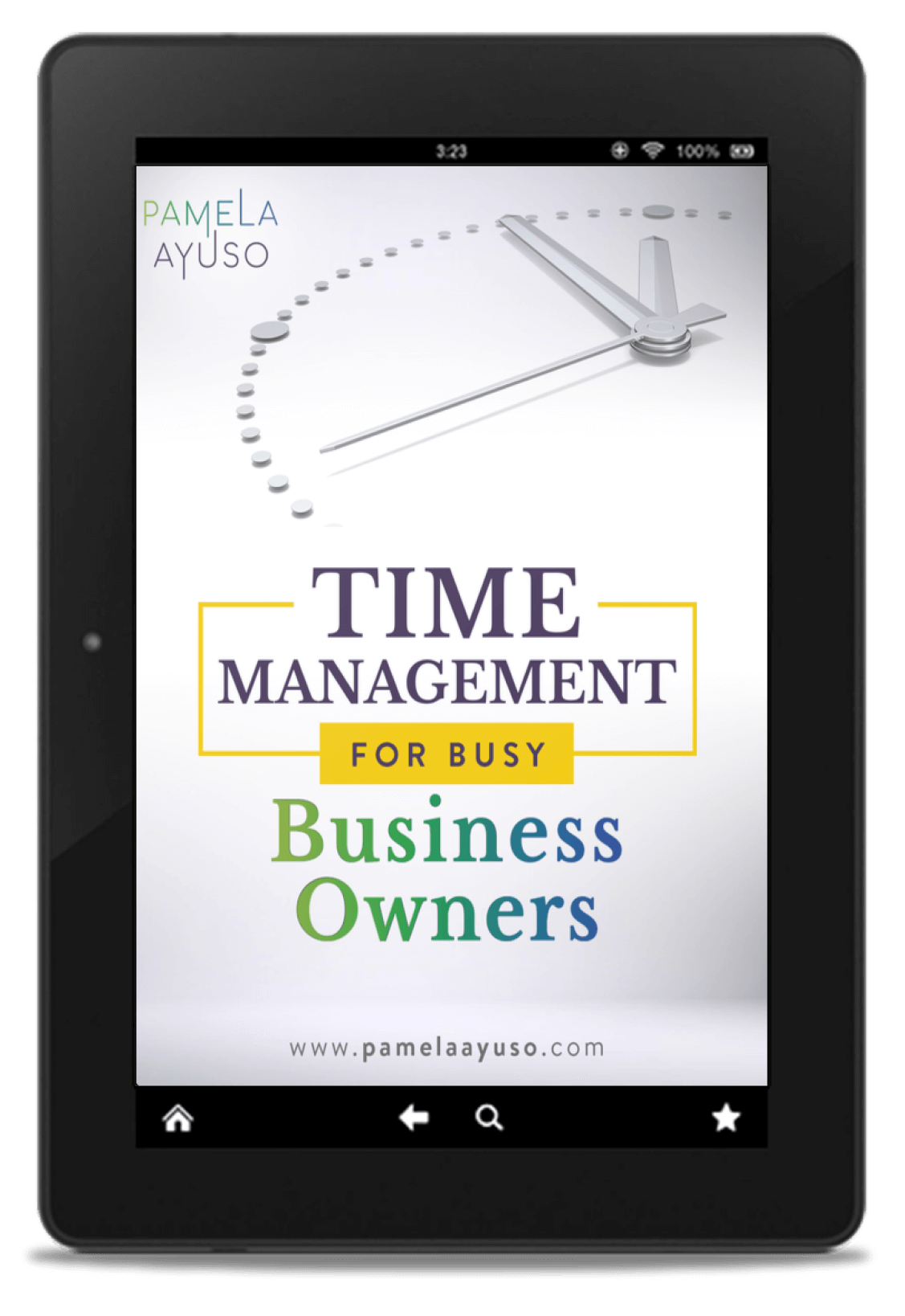Growth in a company is cumulative, and even small increments over time contribute. The work you have been doing over the years, whether it is time and effort that has been invested in company improvements or training for new skills, builds on top of everything else and becomes the foundation for future actions. That is the beauty of growth.
Progress, however, isn’t always linear. When things are hectic, there simply isn’t any time or energy to invest in new ideas. During periods of high activity, even tiny improvements help. Each new action builds on a previous one and acts like a chain over time. When the period of intense work is over, you can spend time on growth again.
![[Photo: Taha Mazandarani/Unsplash]](https://www.pamelaayuso.com/wp-content/uploads/2021/01/taha-mazandarani-777845-unsplash.jpg)
[Photo: Taha Mazandarani/Unsplash]
How It Works
Building a company requires a lot of energy. Any time a new project is implemented, there are probably several steps involved. If the implementation process is intricate, these actions can include planning, trial and error, training others, and additional testing. The amount of dedicated effort varies depending on the task at hand.
We recently created a new process for producing and compiling company-wide metrics. We started by assembling a plan that included what the final document needed to reflect and the steps that we would have to take for compiling it. We then spoke with each of the teams, collected the information, and tried an initial version. This project has taken time and energy, and six months later we are still refining the final document, but it is almost complete. Everybody is submitting each team’s key data points on time, and we see the benefits: the metrics are already proving useful for everyone.
Once a new creation becomes part of the company’s ecosystem, it no longer takes up the same amount of effort. It becomes automatic and part of the normal company operations. Thus, the time spent putting together the metrics, for example, is minimal compared to the benefit that comes from having them. The idea is to grow the company and then transfer the new processes/systems/ideas to the company’s regular operations.
One of the reasons why growth is cumulative is because we use some of the systems we have previously assembled to build for the future. In the metrics example above, we are using Box, a virtual company-wide server that we implemented a few years ago to share and collaborate on the data. We also use Wrike, a system that sets up monthly reminders for everybody to send the reports on time. Both prior projects have helped us today in implementing new ideas faster and ensuring they become part of our company.
Whatever you build, if done well, can be a building block for the future.
![[Photo: Angela Benito/Unsplash]](https://www.pamelaayuso.com/wp-content/uploads/2021/01/angela-benito-3184-unsplash.jpg)
[Photo: Angela Benito/Unsplash]
How to Help Growth Along
The key is to keep building on prior growth as much as possible. Whether it is an improvement in the quality of processes or systems or even a new spreadsheet that will provide updated data, growth can always happen. Sometimes you have the space to make big changes, while other times just getting the regular work done is an accomplishment.
When there is too much to do, focus on the work at hand. If you notice something that needs to be improved, take the time to tweak it to make it better. But if there is no space to do it now, set a reminder for yourself in the future to fix/improve what you need to resolve.
At my company, another way we focus on growth is to always have a few projects moving forward simultaneously. These will go either fast or slow depending on the difficulty level and our other work, but they are always making progress.
The main goal is always to keep adding and making the initiatives permanent.
Don’t Stop Growing
Keep investing in your business’s products and operations; it will thank you. Whether it is a small modification or a major implementation, it’s important to do whatever is possible to continue improvement. Because growth is like adding coins to a piggy bank: everything adds up and contributes to resources saved or better results.



